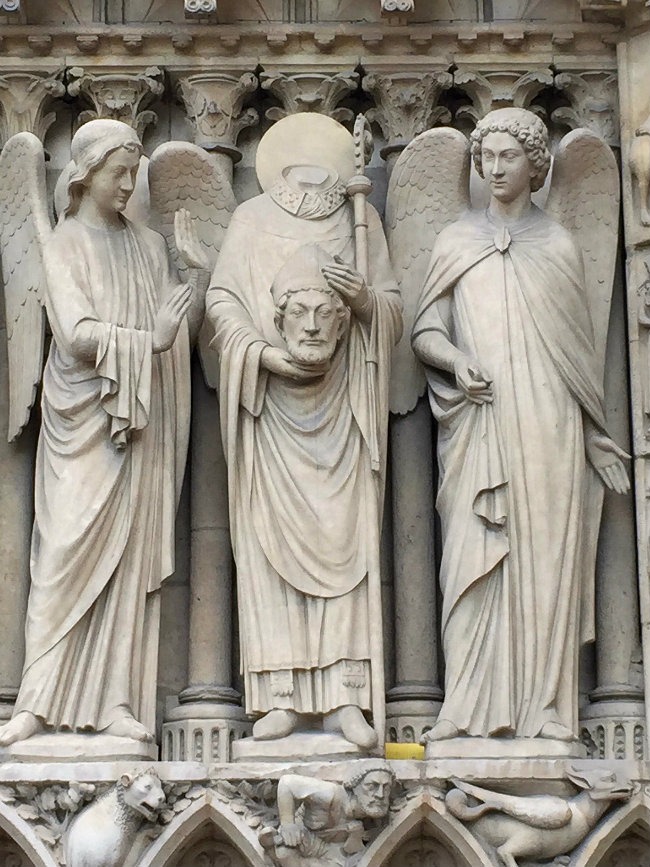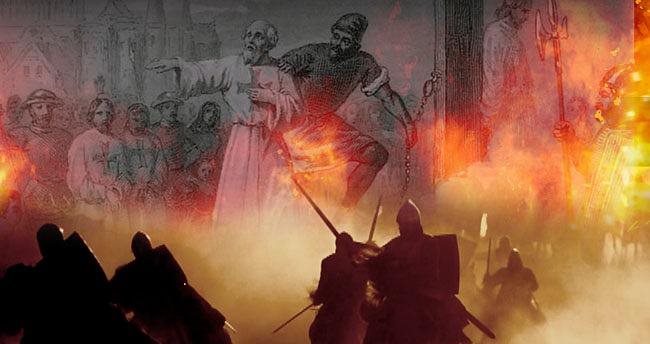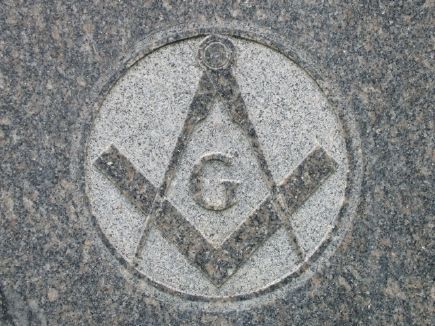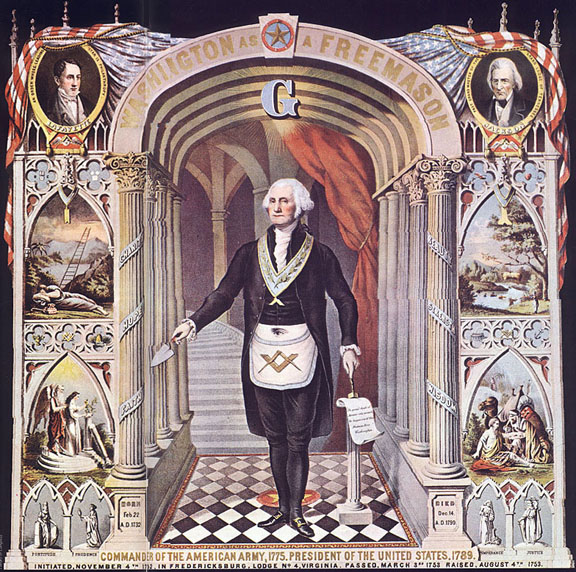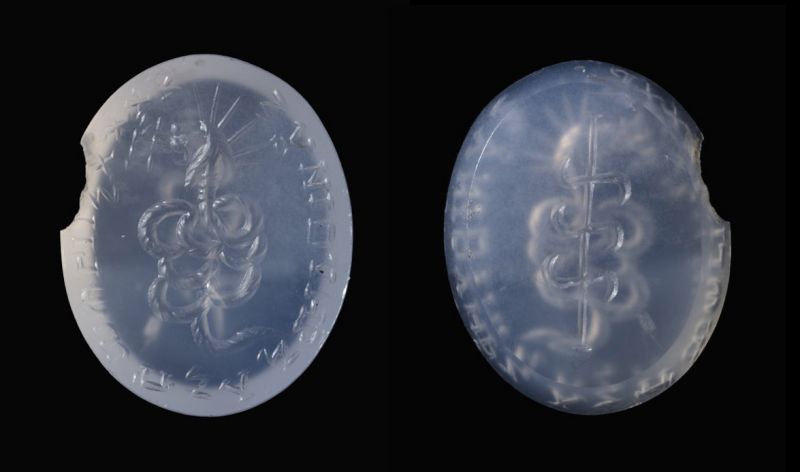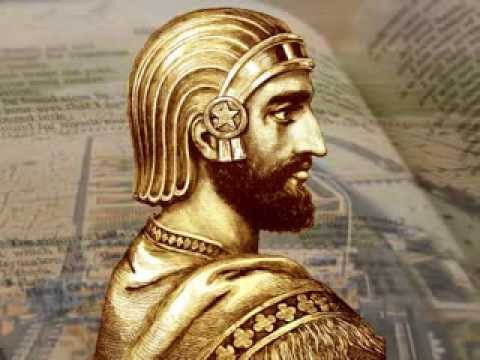One of the greatest French writers of all time, Victor Hugo, had written in his book Notre Dame, “At this time there exists, for thought written in stone, a privilege that may be compared with the actual freedom of the press at the present day, — the freedom of architecture. This license was carried very far. Sometimes an entrance, a front, or even an entire church presents a symbolic meaning wholly foreign to religion, or even hostile to the Church.”
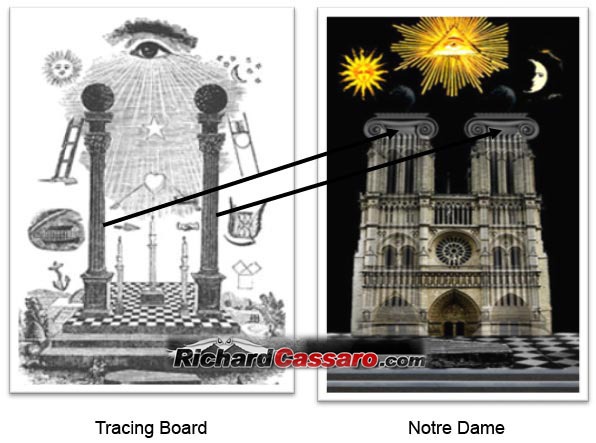 (image courtesy of Richard Cassaro)
(image courtesy of Richard Cassaro)
Encoded into the ancient Cathedral of Notre Dame are not only the mathematical secrets of life and death but also the symbolic keys to the hidden history of the spiritual and royal hierarchy that has ruled Rome since the time of the Caesars. For the motto for Paris is, “Only Paris is worthy of Rome; only Rome is worthy of Paris.”
After all, as Thomas Paine had written in The Origins of Freemasonry, “It is always understood that the Freemasons have a secret which they carefully conceal.”
Notre Dame is simply a Masonic masterpiece of our modern Age that holds the dead bones of power of the past and the future to come.
A future Victor Hugo states as “each race in passing writes its line upon the book.” Hugo said,
“Welcome fantasy and caprice. So long as the priest has his basilica and his altar, what can be said? The four walls belong to the artist. The architectural book has no longer to do with the priesthood, with religion, with Rome; it belongs to the imagination, to poetry, to the people.
Hence the rapid and innumerable transformations of this architecture that lasted only three centuries, – transformations that were so striking after the stagnant immobility of six or seven centuries of Romanesque architecture.
Hugo concludes, “Art meanwhile marches at giant paces. The genius and originality of the people does the work that the bishops had done; each race in passing writes its line upon the book, effaces the old Romance hieroglyphics upon the frontispiece of the cathedral, the more thoroughly perhaps that dogma itself can still be seen piercing through the new symbolism that has overthrown it.”
As the New York Times illustrates;
“Instead, in a miracle of timing, the sculptures of the Twelve Apostles and four New Testament evangelists escaped a fiery end when they were plucked by cranes and removed just days before the blaze in Paris on Monday. It was a small cause for celebration after the destruction of two-thirds of Notre-Dame’s roof and spire. People were also cheered to learn that crosses, a crown of thorns and the famous rose window also survived the flames.
It was a relief not to contemplate the likely fate of the spire’s sculptures if they had stayed where they had been for the last 160 years. A cock — the Gallic rooster that topped the spire, and the unofficial national symbol of France — was found in the debris with significant damage.”
Let be said in stone that Notre Dame in an immortal monument of both the creator and destroyer which has been built and burned down many times – always for the Restoration.
Built in the city of some of Europe’s first Masons, the Parisii of Isis who gave their name to Paris which is also known as the global birthplace of Revolution.
Notre Dame has been described as the symbol of Christianity in France by the Vatican and one of the most splendid monuments of Gothic architecture not in just France, but of all Europe. It is the sacred place where the kings of France were crowned like Clovis, the first Merovingian King of the Franks who was baptized by St. Remigius.
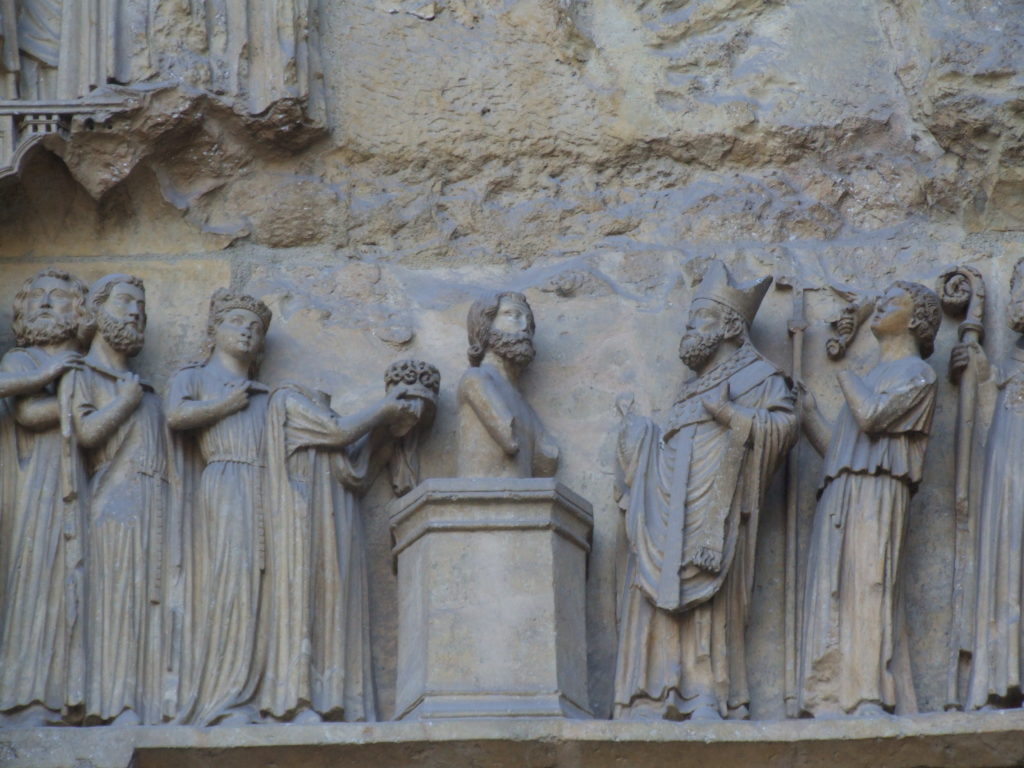
The site where Notre Dame is built has both a sacred and historical significance like no other in all of Europe. In 1163, the site of the Temple of Isis would be the location where Notre-Dame de Paris (IPA: [nɔtʁə dam də paʁi]; French for “Our Lady of Paris”) would be built, and had become the “Parisian church of the kings of Europe.” It was built on the same site of an older church and Roman basilica which burned in 1211.
The original statue of Isis was preserved in the Abbey of St. Germain until the year 1514 when the Archbishop of Meaux had it destroyed.
Unfortunately, this past week, another massive fire had almost engulfed this iconic Masonic masterpiece.
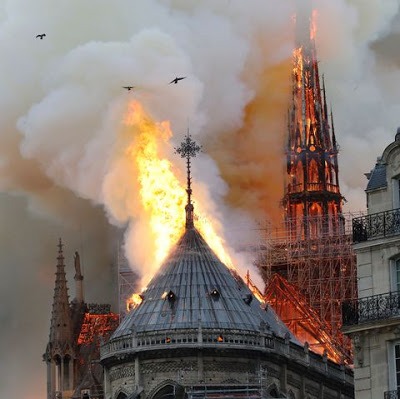
One of several fires that have stricken the Cathedral over the last 1,000 years.
Nearly $1 billion in donations have poured in from around the globe to aid in reconstruction efforts of this Masonic masterpiece. Structural engineers, stained-glass experts and operative Freemasons ie: modern stonemasons from across the world are said to be heading to Paris to help with “the Restoration” of Notre Dame in the coming weeks.
The Masonic Tradition continues…
French President Macron helped lead the charge to rebuild when he went on National television telling his fellow Parisii, “I’m telling you this tonight with force, we are a people of builders.”
After hearing Macrons we are a people of builders speech, you might find some interesting Masonic synchronicity here. The English name Freemason is a corruption of the French “Freres macons,” or Brother Masons.

If we are to look back at the early Masonic documents of Freemasonry in Europe and France, we will find that the words of “Macon.” “Macon,” “mace,” and “macoun” are frequently used and in about the year 1412 “Mason” begins to be often used.
In the Manual of Gothic Architecture, author Frederick Apthorp Paley write about this Masonic history;
William of Sens is the first known master mason whose works are extant. The masons were not incorporated in England till the thirteenth century, yet there is at least as much uniformity of detail observable in the Norman and (as before observed) even in the Saxon styles. An oath of secrecy is said to have been tendered to all novitiates.* They appear to have been convened and held secret meetings at certain times and places.
The name Free-masons is a corruption of Freres macons, or fraternity.
A presumptive proof how exclusively the details of the art were in their keeping may be derived from the blundering attempts at drawing them, which are always found in MSS., stained glass, brasses, and fresco paintings. The master masons were generally foreigners, incorporated by Royal authority.
When a large building was contemplated, the masons removed in great numbers to the spot; hence they have been well described as a kind of “nomad race.”
Not many people are aware that Notre Dame has many hidden Masonic secrets and mathematical formulas that were encoded into the Cathedral with the help and direction of the Catholic monks who had worked hand and right hand with these Masons.
Modern Freemason, Masonic code breaker, and author, Richard Cassaro details these facts on his website in quoting Victor Hugo, The Hunchback of Notre Dame;
“…from remotest antiquity…the human race has employed architecture as its chief means of writing…Sometimes an entrance, a front, or even an entire church presents a symbolic meaning wholly foreign to religion, or even hostile to the Church…Only the initiated can decipher these mysterious books.”
33rd Degree Freemason, Albert Mackey details this fascinating history in his book, The History of Freemasonry: Its Legends and Traditions;
“I am not ready to subscribe to the opinion of some writers who suppose that the builders of the 10th century were placed in possession of the method of applying geometric science to the secrets of architecture. But I think it highly probable that by his learning as a mathematician he gave the first impetus to the study of geometry by the monkish and the lay architects of his times.
This led to the application of the principles of that science at a little later period to the art of building, so as to develop into the system of geometrical secrets, which distinguished the builders of the Gothic style, or the Freemasons of the Middle Ages.”
Mackey continues; “In defining the secret or secrets of the medieval Masons to have consisted in an application of the principles of geometry to the processes of building, M. Michelet has taken that view of the subject which is now very generally accepted by Masonic and archaeological writers.”
McKay also lists the sacred mathematical equations of Notre Dame which appear to correspond with End Times (ie: End of the 6th Age). He writes;
“The choir of Notre Dame, at Paris, has 7 arcades. The cross-aisle is 144 feet long, which is 16 times 9, and 42 feet wide, which is 6 times 7. The towers of Notre Dame are 204 feet high, which is 17 times 12, the astronomical number. The length of the church of Notre Dame at Rheims is 408 feet, or 34 times 12.
The Cathedral of Notre Dame has 297 columns, but 297 divided by 3 gives 99, and this divided by 3 again produces 33. The naves of St . Ouen. at Rouen, and of the Cathedrals of Strasburg and Chartres, are of the same length, or 244 feet. The Saint Chapelle, at Paris, is 110 feet long and 27 feet wide, but 110 is 10 times 11, and 27 is 3 times 9.
In these few examples we have developed the numbers 3, 7, 9, 10, 11, and 12, all of which have been retained in the mystical system of the Speculative Freemasons, and their appearance among the medieval Masons could have been neither by an accident nor a coincidence, but must have arisen from a predetermined selection.
“To whom, then,” says Michelet, “belonged this science of numbers, this divine mathematics? To no mortal man, but to the Church of God.” Under the shadow of the Church, in chapters and in monasteries, the secret was transmitted together with instruction in the mysteries of Christianity. The Church alone could accomplish these miracles of architecture. She would often summon a whole people to complete a monument.
A hundred thousand men labored at once on that of Strasburg, and such was their zeal that they did not suffer night to interrupt their labors, but continued them by the light of torches. The Church would often expend centuries on the slow accomplishment of a perfect work. Renaud de Montauban, for instance, bore stones for the building of the Cathedral of Cologne, and to this day it is still in process of erection.”
Albert Mackey finishes the chapter by stating;
“This is not the place to discuss the question of how much the Freemasons were indebted to the Church for their symbolism. It will be hereafter treated on a more appropriate occasion.”

Moe is the founder of GnosticWarrior.com. He is a father, husband, author, martial arts black belt, and an expert in Gnosticism, the occult, and esotericism.

